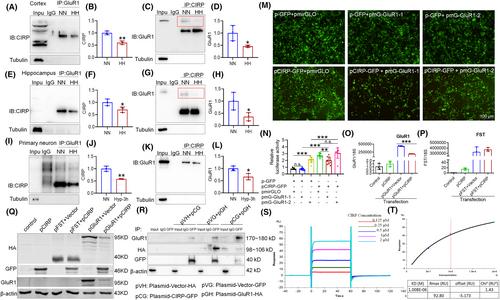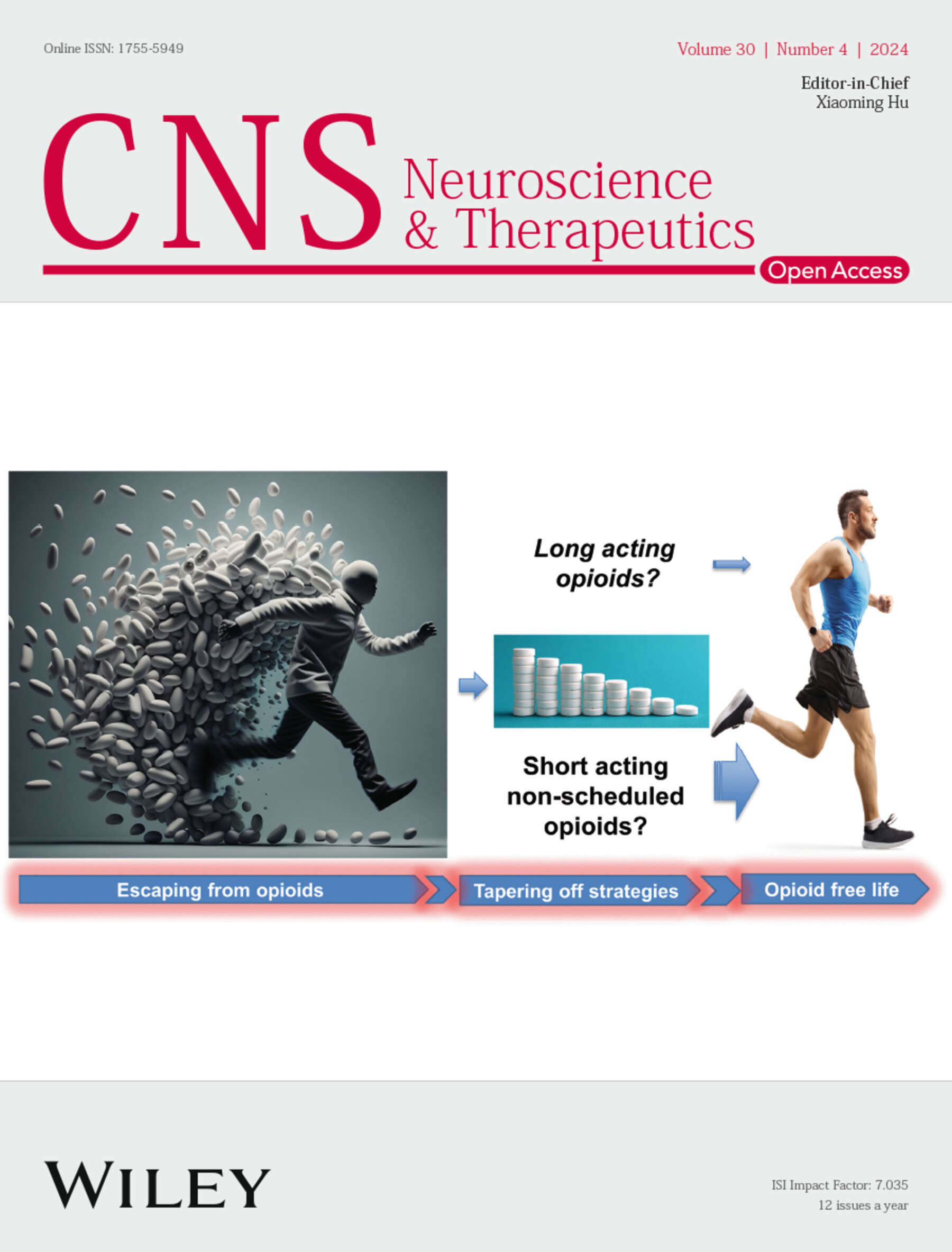Decreased cold-inducible RNA-binding protein (CIRP) binding to GluRl on neuronal membranes mediates memory impairment resulting from prolonged hypobaric hypoxia exposure
Abstract
Aim
To investigate the molecular mechanisms underlying memory impairment induced by high-altitude (HA) hypoxia, specifically focusing on the role of cold-inducible RNA-binding protein (CIRP) in regulating the AMPA receptor subunit GluR1 and its potential as a therapeutic target.
Methods
A mouse model was exposed to 14 days of hypobaric hypoxia (HH), simulating conditions at an altitude of 6000 m. Behavioral tests were conducted to evaluate memory function. The expression, distribution, and interaction of CIRP with GluR1 in neuronal cells were analyzed. The binding of CIRP to GluR1 mRNA and its impact on GluR1 protein expression were examined. Additionally, the role of CIRP in GluR1 regulation was assessed using Cirp knockout mice. The efficacy of the Tat-C16 peptide, which consists of the Tat sequence combined with the CIRP 110-125 amino acid sequence, was also tested for its ability to mitigate HH-induced memory decline.
Results
CIRP was primarily localized in neurons, with its expression significantly reduced following HH exposure. This reduction was associated with decreased GluR1 protein expression on the cell membrane and increased localization in the cytoplasm. The interaction between CIRP and GluR1 was diminished under HH conditions, leading to reduced GluR1 stability on the cell membrane and increased cytoplasmic relocation. These changes resulted in a decreased number of synapses and dendritic spines, impairing learning and memory functions. Administration of the Tat-C16 peptide effectively ameliorated these impairments by modulating GluR1 expression and distribution in HH-exposed mice.
Conclusion
CIRP plays a critical role in maintaining synaptic integrity under hypoxic conditions by regulating GluR1 expression and distribution. The Tat-C16 peptide shows promise as a therapeutic strategy for alleviating cognitive decline associated with HA hypoxia.


 求助内容:
求助内容: 应助结果提醒方式:
应助结果提醒方式:


